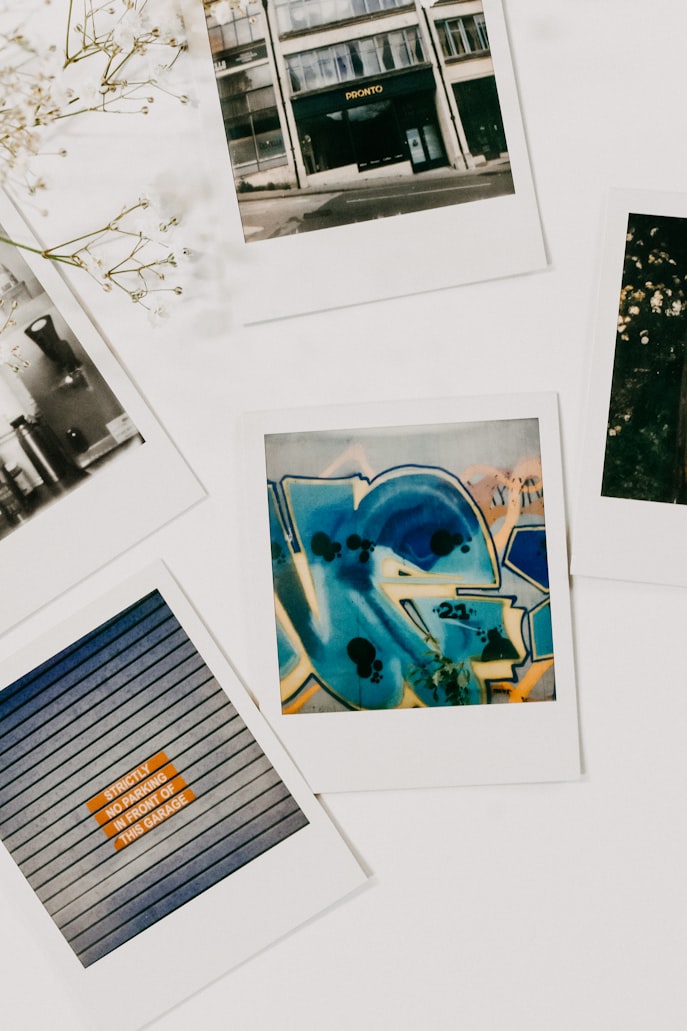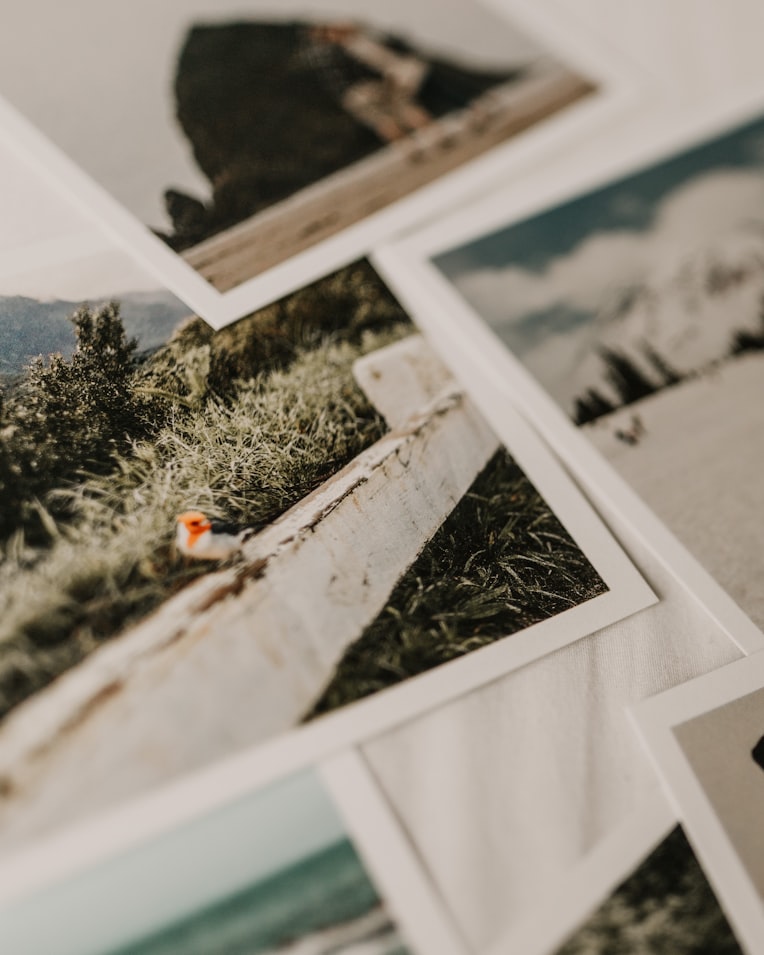12 ways to get details in photography
Last Updated on 08/02/2025
This page contains AFFILIATE LINKS. If you choose to purchase after clicking a link, we may receive a commission at no extra cost to you. Plus, as an Amazon Associate, we earn from qualifying purchases. Read more on the disclosure policy page.
Check out 12 ways to get details in photography and enhance your compositions whether you’re shooting portraits, landscapes, or still life. When it comes to photography, capturing details can make a significant difference in the overall quality and impact of our images. What looks simple and common from a distance, may look so interesting and amazing when we see it closer. As Immanuel Kant had written, “Look closely. The beautiful may be small“. And, he was so truly right. So, whether you are shooting landscapes, portraits, or still life, paying attention to the intricate details can help elevate your photographs to the next level. And, there are various techniques and styles to explore these details, and macro photography and lens undoubtfully are in the first place.

Advertisement

CREDIT: AMAZON
12 ways to get details in photography
The most important way to get details in photos is to practice macro photography by using a macro lens. In macro photography, the primary focus is on magnifying and highlighting the tiniest elements of the subject matter that often go unnoticed by the naked eye. It allows the viewer to appreciate the delicate beauty and intricate textures that exist in the small and often overlooked details of our world. This genre can be particularly fascinating for nature enthusiasts, as it enables them to delve into the enchanting world of insects, plants, and other tiny creatures.

How to Get Details in Photography
Use a Macro Lens
By using specialized macro lenses or extension tubes, photographers can get extremely close to their subjects, revealing stunning details that aren’t immediately visible to the casual observer. They are specifically designed to capture close-up details with incredible sharpness and clarity. It allows you to focus on small subjects and magnify even the tiniest details. Invest in a good quality macro lens to unlock a whole new world of intricate details. From the delicate petals of a flower to the intricacies of a butterfly’s wing, macro photography offers a fresh and captivating perspective that can ignite a sense of wonder and curiosity.
To master the art of macro photography, patience and attention to detail are key. Exploring different lighting techniques, experimenting with various compositions, and finding the ideal depth of field can produce striking results. It’s a genre that encourages photographers to slow down, observe their surroundings more closely, and appreciate the often-unnoticed beauty that exists in the world around us.

Advertisement

CREDIT: AMAZON
Experiment with Different Angles
Changing your perspective can reveal hidden details that may go unnoticed from a typical viewpoint. Try crouching down, getting up high, or shooting from unusual angles to capture unique and compelling details.
Pay Attention to Lighting
Proper lighting can play a crucial role in highlighting details. Soft, diffused natural light often works best, as it brings out the textures and adds depth to your subjects. Avoid harsh shadows that can obscure details or create distractions.
Utilize Depth of Field
Adjusting the depth of field allows you to control which parts of your photograph are in focus. Use a narrow aperture (higher f-stop number) for greater depth of field, ensuring more details throughout the entire image. Alternatively, a shallow depth of field (lower f-stop number) can help you isolate specific details and create a beautiful background blur.
Advertisement

CREDIT: AMAZON
Focus on Textures
Details in photography often come in the form of textures. Whether it’s the pattern on a flower petal, the roughness of a stone wall, or the intricate lines on a person’s face, focusing on textures can create visually appealing and engaging images.

Highlight Small Elements
Don’t overlook small elements that can add interest and tell a story. This could be a delicate raindrop on a leaf, the wisps of hair blowing in the wind, or the fine grains of sand on a beach. These small details can make a big impact on the overall composition.
Post-Processing Enhancements
After capturing your photographs, take advantage of post-processing software to fine-tune the details even further. Adjusting sharpness, contrast, and clarity can help bring out the intricate details and make your images pop.
How to gain dark details photography
Capturing dark details in photography can add a captivating and mysterious atmosphere to your images. And, the main way to master the art of capturing dark details is practice. Firstly, you can explore different lighting conditions. And, experiment with various techniques like slower shutter speeds, wider apertures, and higher ISO settings to capture the intricacies of shadows and dark tones. With time and patience, you’ll be able to create stunning photographs that reveal the beauty within the shadows.
Understand Exposure
Proper exposure is crucial when it comes to capturing dark details. Start by setting your camera to manual mode and adjust the aperture, shutter speed, and ISO to achieve the desired exposure. Experiment with different settings to find the perfect balance between light and darkness.

Utilize Natural Light
When shooting outdoors, make the most of available natural light. Take advantage of the “golden hour” – the period shortly after sunrise or before sunset – when the light is softer and warmer. This can add depth and richness to the dark areas of your image.
Master Low-Light Techniques
Shooting in low-light situations requires careful technique to retain details in dark areas. Consider using a tripod to avoid camera shake and enable longer exposures.
Harness Contrast and Shadows
Dark details often thrive on contrast. Look for subjects or scenes where there’s a distinct separation between light and dark areas. Experiment with backlighting or side lighting to create dramatic shadows, highlighting the intricate details within the darkness.

Post-Processing
Once you’ve captured your images, post-processing can further enhance the dark details. Use software like Adobe Lightroom or Photoshop to adjust the exposure, contrast, and shadows. Be mindful not to overdo it, as preserving a natural and balanced look is key.
So, whether you’re a photography enthusiast looking to expand your creative horizons or simply someone who appreciates the beauty of the unseen, photography provides an exciting avenue for exploration. It’s a visually captivating genre that invites us to marvel at the intricate details that make up our extraordinary world. The key to capturing details in photography is to observe your surroundings and pay attention to the little things that often go unnoticed. With practice and patience, you’ll be able to capture stunning photographs that showcase the beauty of intricate details. Happy shooting!

This page contains AFFILIATE LINKS. If you choose to purchase after clicking a link, we may receive a commission at no extra cost to you. Plus, as an Amazon Associate, we earn from qualifying purchases. Read more on the disclosure policy page.
Advertisement



2 Comments
joanna ARTbyJWP
Thank you ♥
Pingback: